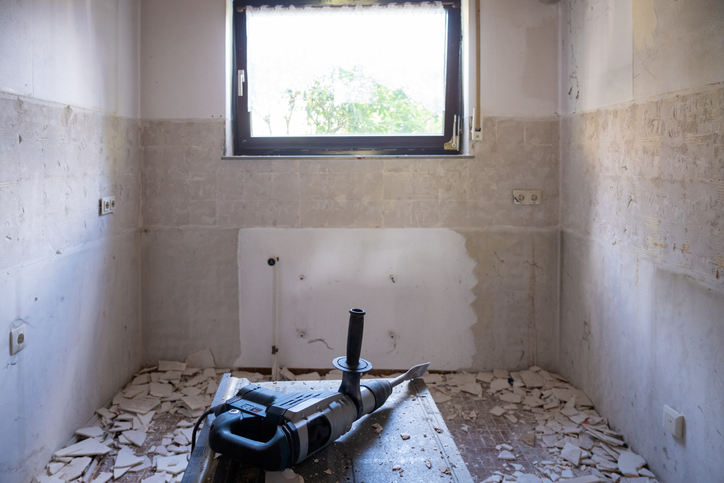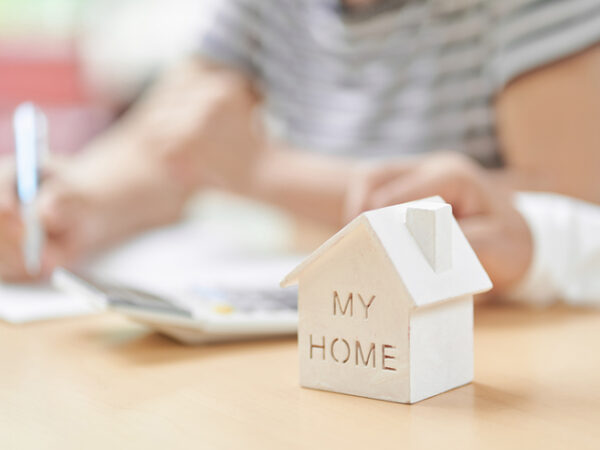The desire to age in place is a common goal among the majority of older adults, who wish to remain in the familiar and comforting surroundings of their homes and communities for as long as possible. However for many, the reality of their current home layouts and features may not be conducive to this goal. As a result, a growing number of older homeowners are undertaking proactive home modifications, ensuring they remain both comfortable and accessible as they age.
A recent article in The Housing Wire highlights the steps some older adults are taking to adapt their homes to meet their changing needs. For instance, a couple in California invested a significant sum – $20,000 on an interior designer and another $95,000 on home modifications. These modifications included widening kitchen aisles to accommodate a wheelchair and installing a walk-in steam shower and an electronic toilet seat in the bathroom. That’s a spend that is definitely on the high end and far more than most homeowners need to consider.
The motivation behind these investments is clear: the desire to maintain the comfort, familiarity, and pride of their long-time home, rather than moving to a care facility. This sentiment is echoed by many older adults who value the independence and personal history their homes represent.
Economic and housing market conditions are also influencing this trend. Elevated interest rates and limited housing inventory have made it difficult for many to relocate, even if they want to. As a result, some older adults with sufficient financial resources are choosing to invest in home upgrades to ensure their homes remain enjoyable and accessible as they age.
This increased demand for home modifications has given a boost to home improvement retailers, contractors, designers, and architects. Major retailers in the US like The Home Depot and Lowe’s have reported a rise in renovation and modification activities. The Home Depot is revamping its in-house brand to focus on accessibility features like grab bars and user-friendly faucets, while Lowe’s has created a dedicated section for accessibility items, including wheelchair ramps and shower benches.
Monica Reese, Lowe’s trend and style director, emphasized the importance of integrating essential accessibility features seamlessly into home designs. Customers are seeking bathrooms that exude beauty and elegance while incorporating necessary accessibility features, ensuring both functionality and aesthetics.
As Aging in Place and Accessibility Strategist, Karen Brown, notes, “Too many people wait until a medical event happens before even thinking about these kind of modifications and the result of having to put something in place quickly is generally more of an institutional look than they would like.” Brown has written a course that lets people self-assess their homes and make a plan to tackle home modifications.
The need for such renovations is expected to grow due to demographic trends and the inadequacies of existing home inventory. A 2023 analysis by the Joint Center for Housing Studies (JCHS) of Harvard University revealed that less than 4% of U.S. homes offer single-floor living with no-step entry and hallways wide enough for wheelchairs. Recent Canadian data shows the rate of disability increasing. Additionally, accessibility challenges are more pronounced among older adults with lower incomes.
Addressing accessibility challenges in affordable housing for older adults will require public policy solutions, according to Jennifer Molinsky, director of the JCHS Housing an Aging Society Program. There is a disparity in access to resources for home modifications, often due to systemic reasons or financial constraints.
Reverse mortgage companies have recognized the potential for home equity to fund necessary modifications, promoting this as a use case for loan proceeds. In a 2019 interview, Molinsky noted that home equity could play a crucial role in alleviating financial burdens associated with aging, particularly for those without pensions or sufficient retirement savings.
Brown notes the importance of hiring people who have proven experience with accessibility. Clients also need to have a clear understanding of their own needs now and in the future. Having difficult discussions about how a bathroom is used, for instance, may seem embarrassing however not having the conversation could result in a finished product that falls short of meeting the needs.
As we look to the future, it is evident that making homes accessible and safe for aging in place is not only a matter of personal comfort and safety but also a significant societal need. By investing in home modifications, older adults can maintain their independence, dignity and quality of life, ensuring their homes remain a source of pride and comfort for years to come.






Add Your Voice
0 Comments
Join the Discussion